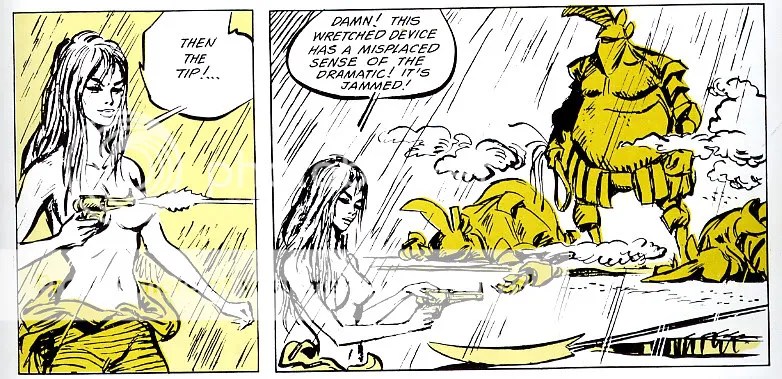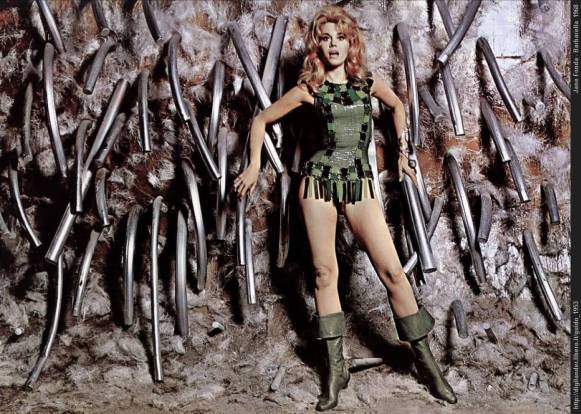At the center of european comics is the Fraco-Belgium tradition, called bandes dessiness which translates literally to “drawn strips”.

Two of the most famous of these have even made headway in the states, Tintin and Asterix. I myself am a huge Tintin fan, having grown up with them, but only because my mother was a librarian and if you combed the libraries across Pittsburgh, you could find Tintin buried in the stacks and gradually got through most of the series, picking up a couple at one library, a few more at another. I never saw Tintin anywhere outside the libraries and know very few people who were aware of its existence.
At the beginning of the 20th century comics were of course simply run in newspapers and any sort of “comic book” was merely a collection of the newspaper strip finally put all together. In the US the very first original storied “comic book,’ Hogans’ Alley, had run in the last years of the 1800s and invented the speech balloon, a concept which quickly spread across the world and factors into the development of bandes dessinees.
In the 1920s a some franco-belgium artists took comics, which were still mostly goofy, gag related collections of newspaper strips, added the speech balloon and started running with it.
In 1925 Alain Saint-Ogan began Zig et Puce, notable for not only employing speech balloons with no outside text, but creating longer, fantastical and engaging stories. It follows the many adventures of Zig and Puce two teenagers with their pet penguin Alfred. Alfred became a legend unto himself. His name became a comic award for many decades, and Charles Lindbergh flew his famous first transatlantic flight with Alfred the penguin as a mascot.

This paved the way for Tintin, the grandfather off all franco belgium comics. It should be mentioned, we use the term franco-belgium because french is the dominant language in a significant part of belgium and even some of switzerland. The readership and artists working in the tradition are therefore a mixture.
Herge for instance is from Belgium and created Tintin, who actually deserves his own post. Tomorrow let’s say. But in short, Tintin was begun in 1929 and continued until the 1970s, with the 1950s being the most productive period. The entire adventures of Tintin are collected in 24 volumes.

During WWII the Nazis occupied France and Belgium, and all outside comics and animation were banned. What was produced was carefully censored and after the war strong communist sentiment kept this sort of thing going. Thus Franco-Belgium artists continued the development of their own style.
In the 50s the industry took off. Herge went into full Tintin production mode and other magazines were produced which jump kicked a creative golden era. Spirou et Fantasio was a major player. Though it had begun in 1938, it stopped during the war and wasn’t until after the war when Andre Franquin took over that the tales stopped being silly gags and started tackling long, complex plots with reoccurring characters.

Spirou has had a very long and prestigious career which has spanned decades and continues to this very day. Numerous teams have written and drawn the adventures of Spirous, Fantasio and the pet squirrep Spip through many ups and down of publishing.

The magazine Pilote became a giant of the industry in the late 50s. It ran serials of several different artists and introduced not only the wildly popular, Redbeard, Moebius’ first hit Bluberry, but the world famous Asterix.
Asterix is of course the 2nd most likely comic to be known across the pond. Asterix and Obelix are two Gauls resisting roman occupation. There have been 34 books in all, several animated movies and even a couple live action movies.

Heroic-Albums is worth mentioning for the fact that they were the first magazine to insist on printing complete stories in their issues. All others printed numerous serialized installments.

The last of these i’ll name is Vaillant. Vaillant was flat out published by The French Communist Party. It began during WWII occupation, published illegally. After the war, the communists in France were quite strong and the entire comics industry felt their power. Herge of Tintin fame had to defend himself against them, as did numerous other comic artists.
Vaillant was the only western comic allowed to be distributed in the Soviet Union. Eventually, in 1965 Vaillant was renamed Pif, due to the popularity of the main character, a dog named Pif. Over time after this change, the continuing serials faded, the content slid, and by the end of the 70s it was on its last legs.

With the late 60s and 70s, just like in the west, franco-belgiuim comics started really freaking out, growing more experimental and vastly more mature. The original Heavy Metal magazine, Metal Hurlant, of the which the american version is said to be only a pale imitation was spawned to great success in 1975.

However, preceding Metal Hurlant was the visionary L’Echo Des Savanes, pioneering daring, mature work and along with many bold new Franco-Belgian artists such as Moebius, featuring internationally known names such as Neal Adams, Robert Crumb, Wallace Wood, Dick Giordano, Alejandro Jodorowsky, and Bernie Wrightson. It took inspiration and hired artists from the American underground comix scene of the late 60s. As such it was always racier and more outrightly sexual then Metal Hurlant, which is actually really saying something.
By the mid 80s there was unquestionably an outright overdose of sex and violence, misogyny style . However, since the 90s science fiction/fantasy stories have flourished especially in graphic novel format, boasting extraordinary art and creative storytelling. In recent years, just as Japanese manga has swept the rest of the world, their are currently many mergings of the two styles. The fact is, the bandes dessinees is directly responsible for the graphic novel as it exist today, influencing american comic publishing as well as being a giant of european graphic storytelling.
I leave you with a cover for the greatest comic that never was:













































